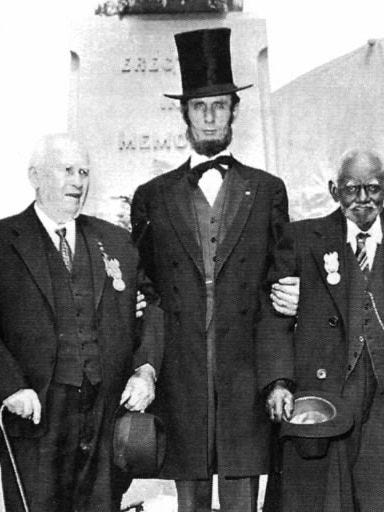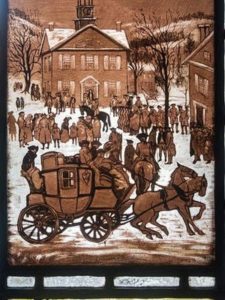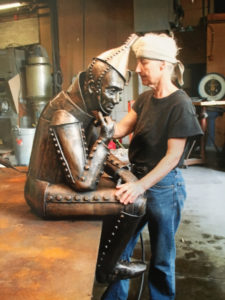A place to gather and rest – and rest in peace
Fawn AME Zion Church and cemetery
177 Alum Rock Rd, New Park
The situation
Before the Civil War, Black residents in rural Fawn Township constructed a log church building. There they sang old spirituals and new songs. They heard the voices of a succession of preachers calling the congregation to repentance and faith.
Then a cemetery went in nearby, and 18 Civil War veterans were buried there, freedmen who helped others gain their freedom.
The current Fawn AME Zion church, constructed in 1954, and rededicated in 2017, is one of two Black congregations worshiping in southeastern York County today. Trinity AME Zion in Delta is the other where those in the pews sing and pray together.

The witness
Fighting from a trench that he had just dug, 22-year-old John Aquilla Wilson faced an onslaught of Confederate soldiers seeking to capture the Columbia-Wrightsville Bridge in 1863. Facing daunting numbers, Wilson and his comrades retreated across the covered bridge just before Union troops ignited it to stop the Confederate advance.
He joined the 32nd Division, United States Colored Troops, a year later and fought in South Carolina. Wilson returned home to York County at the war’s end and died at age 101, believed to be the last surviving Civil War veteran in the county.
He is buried in the Fawn church cemetery.
Wilson wanted Black people to be able to own property and vote. “He wanted to have the same rights as everybody else,” his granddaughter Isabella Phillips said. And he put his life at risk to gain those rights.
Jamie Noerpel and Samantha Dorm’s Hometown History conversation with Samantha Dorm of the Friends of Lebanon Cemetery, a historically Black cemetery in North York.
The questions
- Being vulnerable isn’t easy, especially when the world around you commits racial injustices every day. Wanting a place to practice their religion, locals built the church in 1850. It represented safety. The cemetery meant their families could visit them for generations to come. Having the physical house of worship with the land outside finally gave congregants a place to relax, feeling at home. In what ways do we continue to build places where we feel safe? How important is the feeling of safety when participating in religious activities?
- You will find the burial site of James Aquilla Wilson in the Fawn AME Zion cemetery. As a young man, he faced an army. A threatening force loomed toward him as he no doubt conquered a fear most of us will never encounter. Even as older adults, war has a lifelong impact on the psyche. How do you think war changed Wilson? How does modern warfare change children today?
Related links and sources: Pre-Civil War black church celebrates rebirth; The story of historically black churches in York County begins with 17 members; York Daily Record photo. top. York County History Center, bottom.
— By JAMIE NOERPEL and JIM McCLURE



